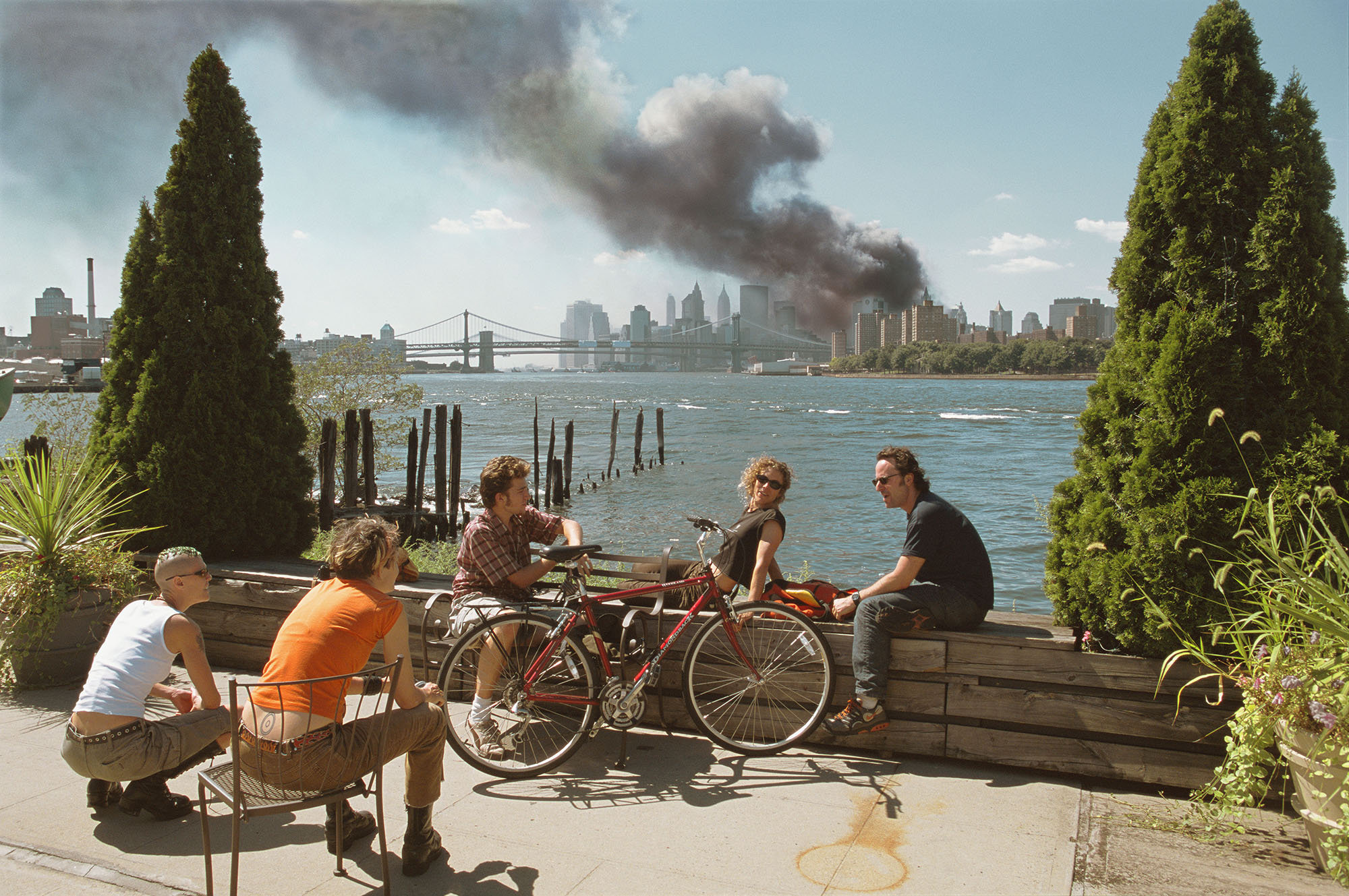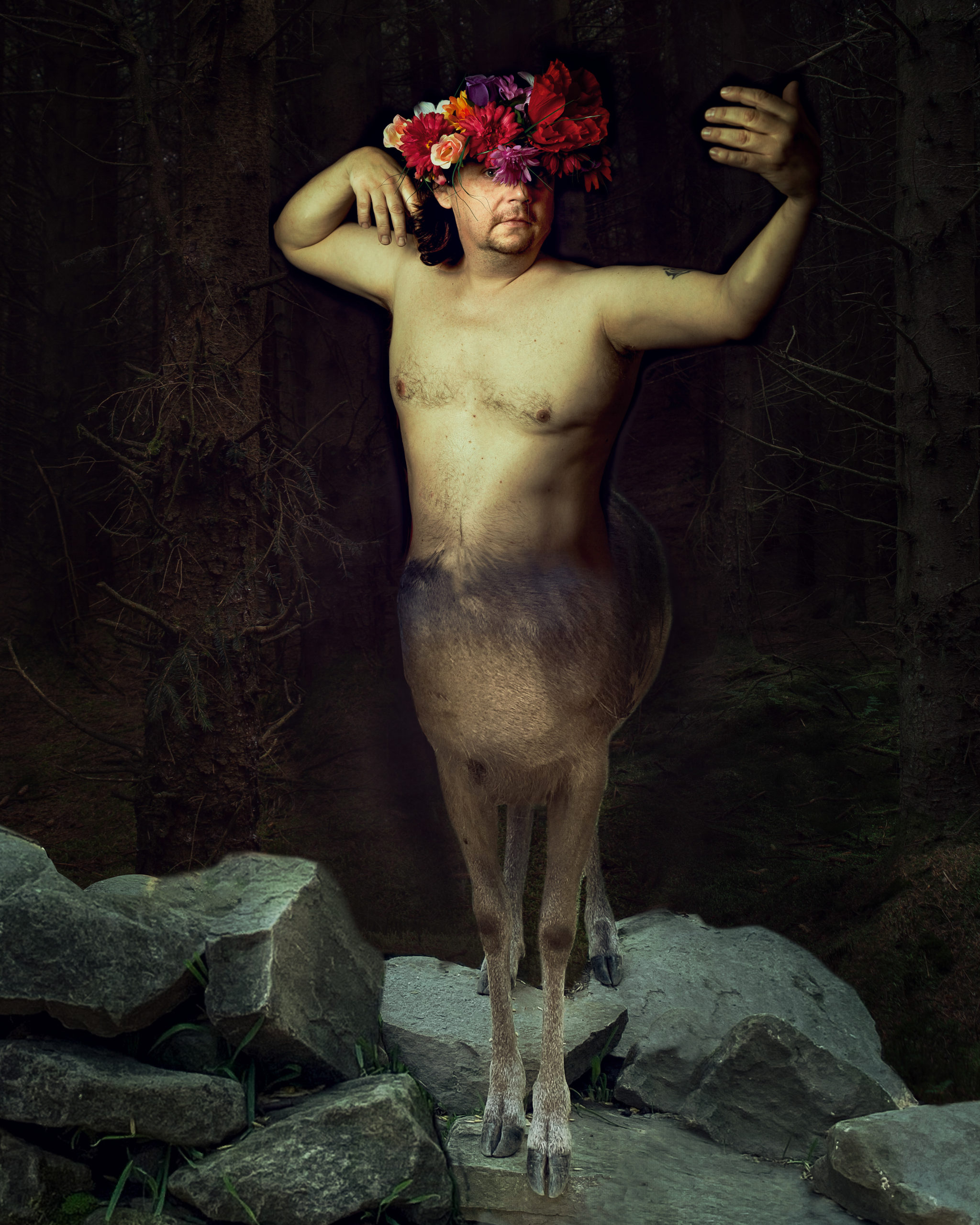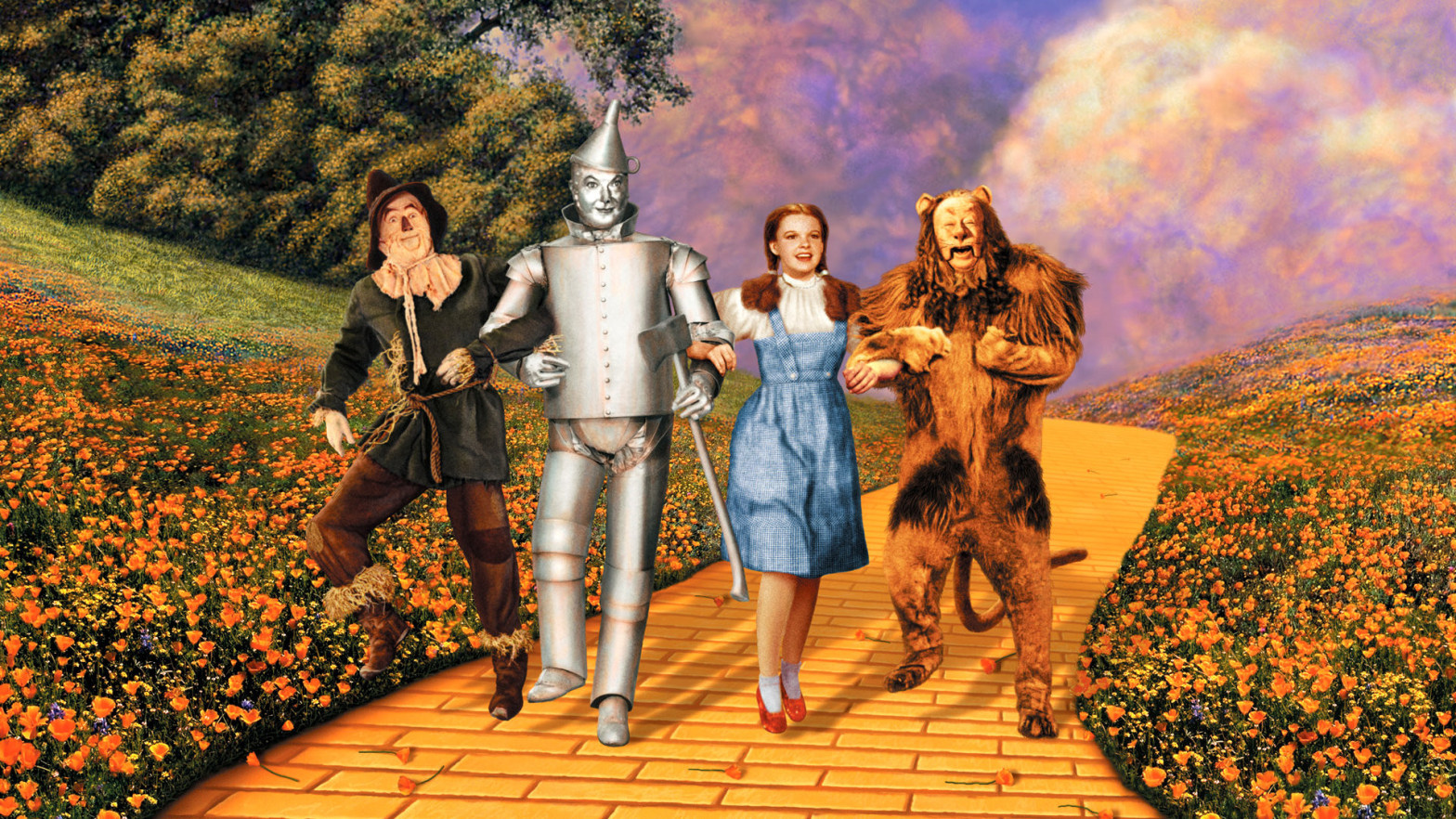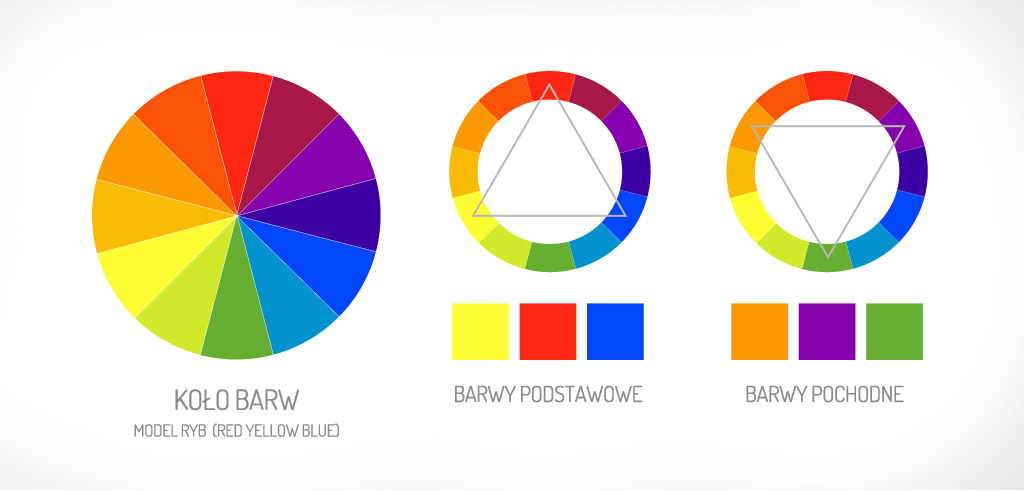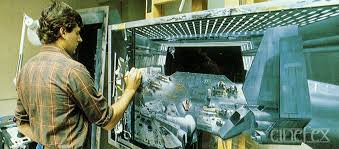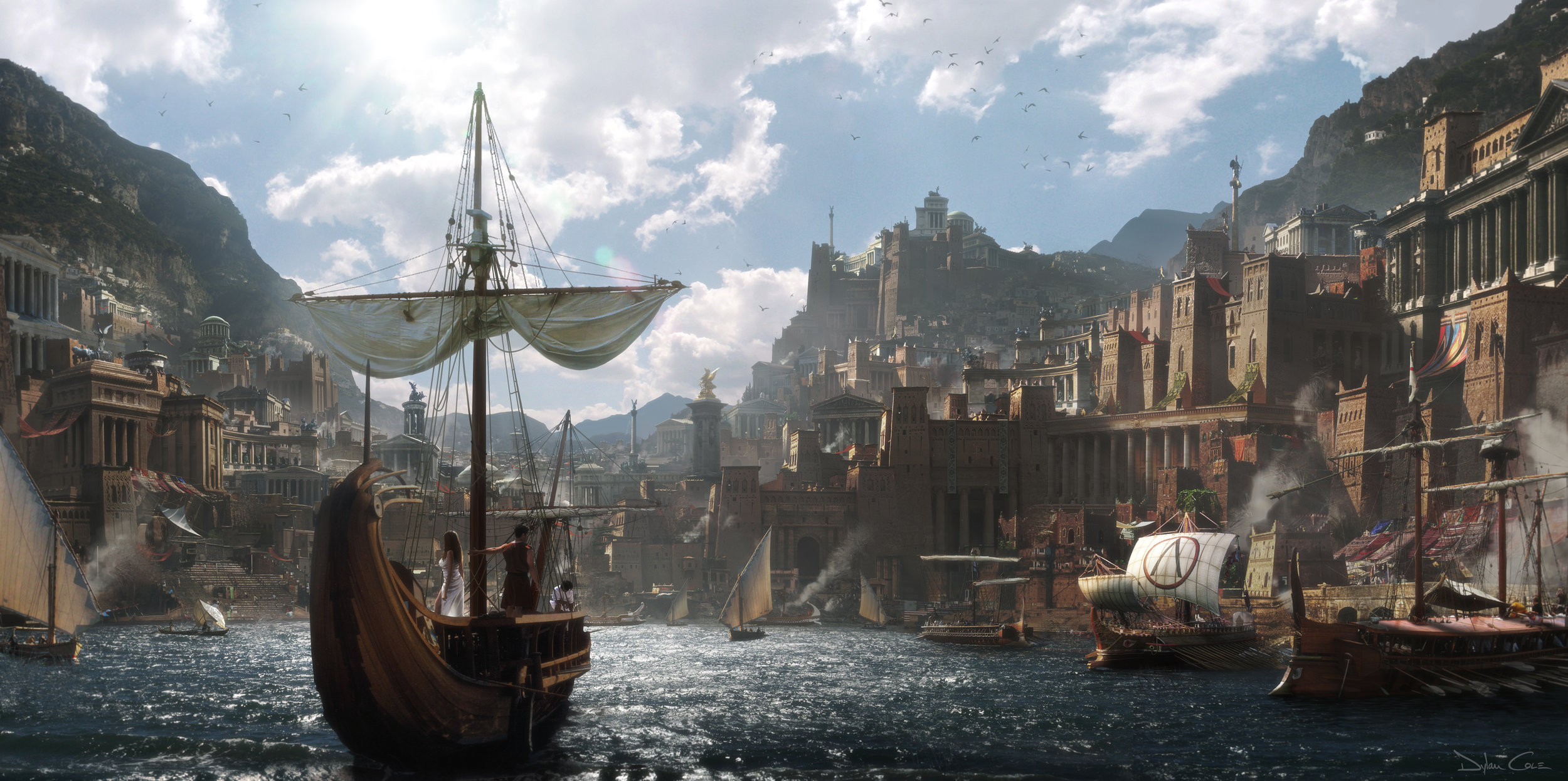ARD- 549 some thoughts about ethics in art
The topic of the last classes was ethics in art. The conversation and reflection on this subject should begin with defining what this ethics is In the scientific sense, ethics, along with aesthetics, is a branch of axiology, i.e. a branch of philosophy dealing with the study of values. In the case of ethics, we are dealing with moral value. This means that it is a science that studies morality and creates thought systems from which moral principles can be derived. Ethics in the colloquial sense is the totality of moral norms recognized at some time by a social community as a...


